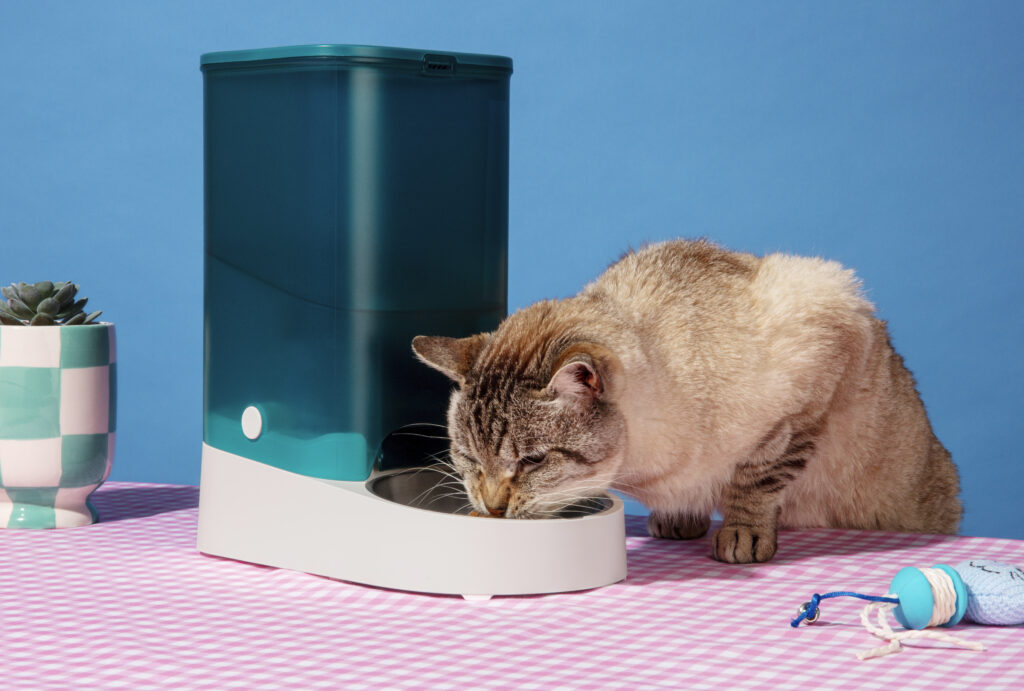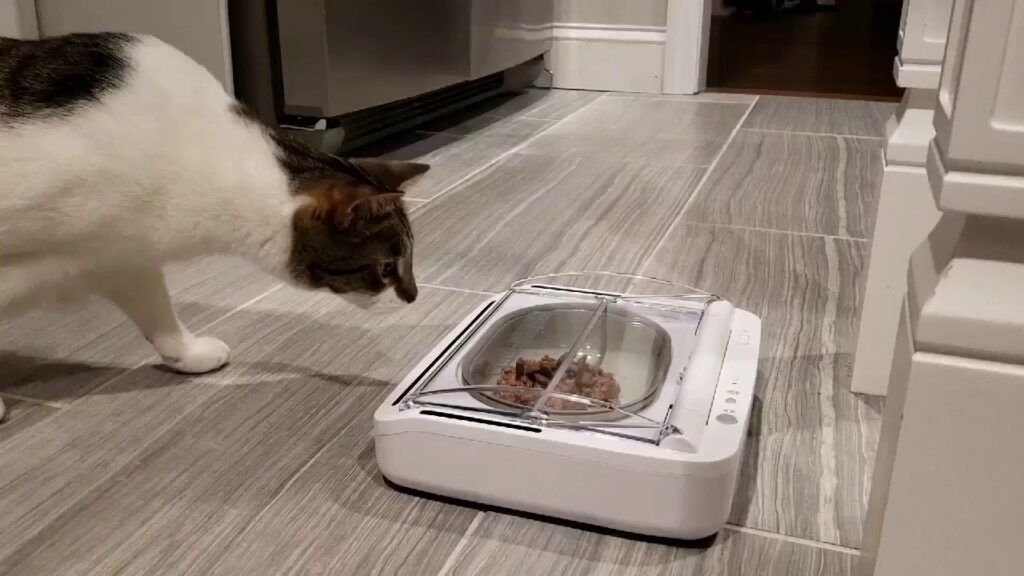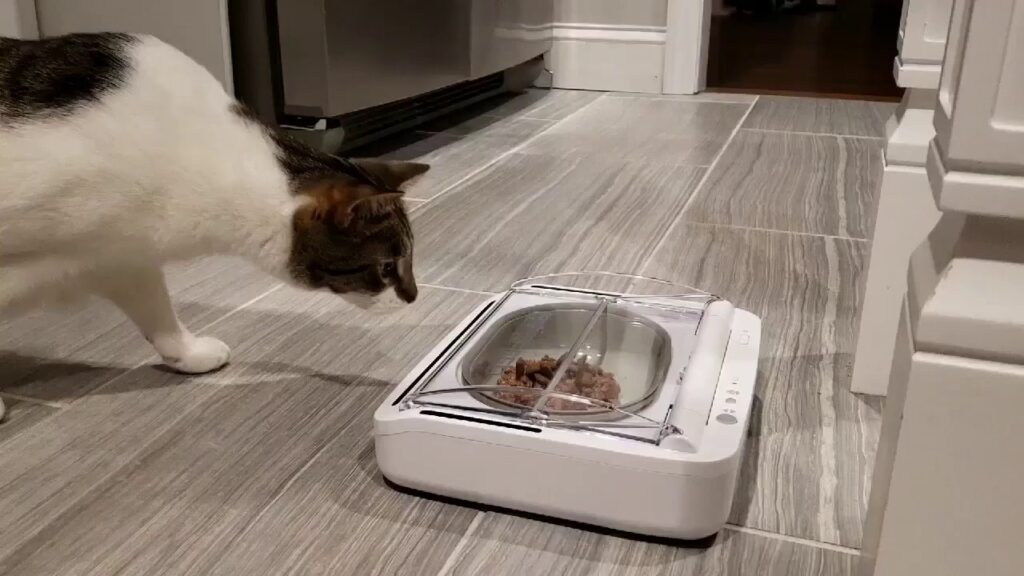
Welcome to our blog post, how do I keep ants out of my cats foods. As a pet owner,“ we all know that our furry friends can get into some messy situations, and one common issue is dealing with ants.
So, how do I keep ants out of my cat’s food? Here are some effective strategies to ensure your cat’s meals stay ant-free.” Ants in your cat’s food can be a persistent and frustrating problem. These tiny invaders are not only a nuisance but can also potentially spoil your cat’s meals and lead to other health issues. If you’re asking, “How do I keep ants out of my cat’s food?” you’re not alone.
Many pet owners face this challenge and seek effective solutions to keep their feline friends’ food clean and safe. In this article, we will explore several proven strategies to keep ants away from your cat’s food, ensuring a pest-free dining experience for your pet.
Methods: How do I keep ants out of my cat’s foods
Below are the 5 best methods How do i keep ants out of my cats foods
Ants are attracted to food sources, and even a small crumb or a spilled piece of food can draw them in. When it comes to your cat’s food, ants can quickly turn a simple meal into a battleground. Addressing the issue requires a multifaceted approach that combines prevention and control strategies.
1. Method: Invest in Ant-proof Dishes
One of the most straightforward solutions is to use ant-proof cat food dishes. These specialized dishes are designed to be difficult for ants to access. They often feature elevated stands or barriers that prevent ants from reaching the food. If you’re looking for a quick and effective way to keep ants out, consider investing in one of these ant-proof dishes.
A simple yet effective method is to create a water barrier around your cat’s food dish. Place the food dish in a shallow tray filled with water. Ants are not good swimmers, so this will make it difficult for them to cross the water and reach the food. Ensure the water is deep enough to form a barrier. This method is easy to implement and can significantly reduce the number of ants reaching your cat’s food. For additional tips on setting up water barriers,
Table: Methods to Keep Ants Out of Your Cat’s Food
| Method | How It Works | Advantages | Considerations |
|---|---|---|---|
| Moat-Style Bowl | Place the food bowl in a shallow dish of water to block ants. | Safe for pets and eco-friendly. | Ensure water doesn’t spill into the food. |
| Elevate the Bowl | Raise the bowl on a platform or slick surface to deter ants. | Prevents access without extra materials. | The platform must be stable to avoid spills. |
| Natural Repellents | Use cinnamon, vinegar, or lemon juice around the feeding area. | Safe for pets, eco-friendly. | Keep repellents away from the food itself. |
| Diatomaceous Earth | Sprinkle around the bowl to kill or repel ants naturally. | Pet-safe, long-lasting. | It may require reapplication if disturbed. |
| Seal Food Storage | Store extra food in airtight containers to prevent scent attraction. | Prevents infestations at the source. | Requires proper storage habits. |
| Clean Feeding Area | Wipe spills and remove crumbs regularly. | Reduces ant trails and attraction. | Requires consistent maintenance. |
| Pet-Safe Ant Traps | Use traps or baits placed far from the food. | Helps control larger infestations. | Must ensure traps are inaccessible to pets. |
2. Method: Create a Water Barrier
A simple yet powerful method to keep ants away is to place your cat’s food dish in a shallow tray filled with water. Ants cannot cross water easily, so this barrier can effectively prevent them from accessing the food. Make sure the water level is adequate to deter ants without being a hazard to your cat. This solution is both easy to implement and highly effective.
3. Method: Deploy Ant Traps
Ant bait stations or traps are another excellent solution for managing ant populations around your cat’s feeding area. These traps attract ants with bait, which they carry back to their colony, ultimately reducing the number of ants.
Place these traps strategically around the feeding area, but ensure they are out of your cat’s reach to keep them safe. Ant traps can provide long-term relief from persistent ant problems.
4. Method: Clean Up Spills Immediately

Maintaining a clean feeding area is crucial in keeping ants at bay. Ants are attracted to food residues and crumbs, so it’s essential to clean up any spills or leftover food immediately.
Regularly inspect the feeding area and ensure it is free of crumbs and food particles. This proactive approach not only deters ants but also promotes a healthier environment for your cat.
5. Method: Apply Natural Repellents
Several natural ant repellents can be used around your cat’s feeding area to keep ants at bay. Ingredients like cinnamon, black pepper, and citrus peels are known to repel ants due to their strong odors.
Sprinkle these substances around the feeding area or create a barrier to prevent ants from approaching. These natural solutions are safe for your cat and effective in keeping ants away.
6. Method: Store Food Properly
Proper storage of your cat’s food is essential in preventing ant infestations. Keep dry cat food in an airtight container to ensure ants cannot access it. Proper storage also helps maintain the freshness of the food, ensuring your cat always has healthy and delicious meals. By keeping the food sealed and secure, you can effectively minimize the risk of ants.
7. Method: Maintain a Regular Cleaning Routine
Establishing a regular cleaning routine for the feeding area is key to keeping ants away. Regularly check and clean the area where you feed your cat, ensuring it remains free of food spills and crumbs.
Consistent maintenance helps in reducing ant problems and provides a clean and comfortable dining space for your cat. A clean environment is less inviting to ants and other pests.
8. Method: Consider Professional Pest Control
If ants continue to be a problem despite your best efforts, consider consulting a professional pest control service. Pest control experts can offer targeted treatments and advice to effectively address severe infestations. Their expertise can provide a more permanent solution to persistent ant issues, ensuring your cat’s feeding area remains ant-free.
Experience
Last summer, I faced an ant invasion in my cat’s food area. Every morning, I’d find tiny black trails leading to her bowl, and it felt like a battle I couldn’t win. After some research, I tried placing her bowl in a shallow dish of water to create a moat. It worked like magic—no more ants! I also sprinkled cinnamon around the feeding area.
and the ants stopped coming back altogether. Keeping the space clean and sealing her food in airtight containers made a big difference, too. It felt great to finally solve the problem and see my cat eat peacefully!
Conclusion
When it comes to keeping ants out of your cat’s food, employing a combination of strategies can be highly effective. Investing in ant-proof dishes, creating water barriers, and using natural repellents
ensure invasions. and I invasions. Proper food storage and regular cleaning are also crucial in maintaining a pest-free feeding area. If needed, professional pest control can offer a more permanent solution to stubborn ant problems.
Ensuring your cat enjoys their meals without the unwanted presence of ants is essential for their well-being and happiness. By taking these proactive steps, you can create a clean, comfortable, and ant-free environment for your beloved pet. For further reading on how to keep ants out of my cat’s food,? Explore our resources and take the necessary steps to protect your cat’s feeding area.
